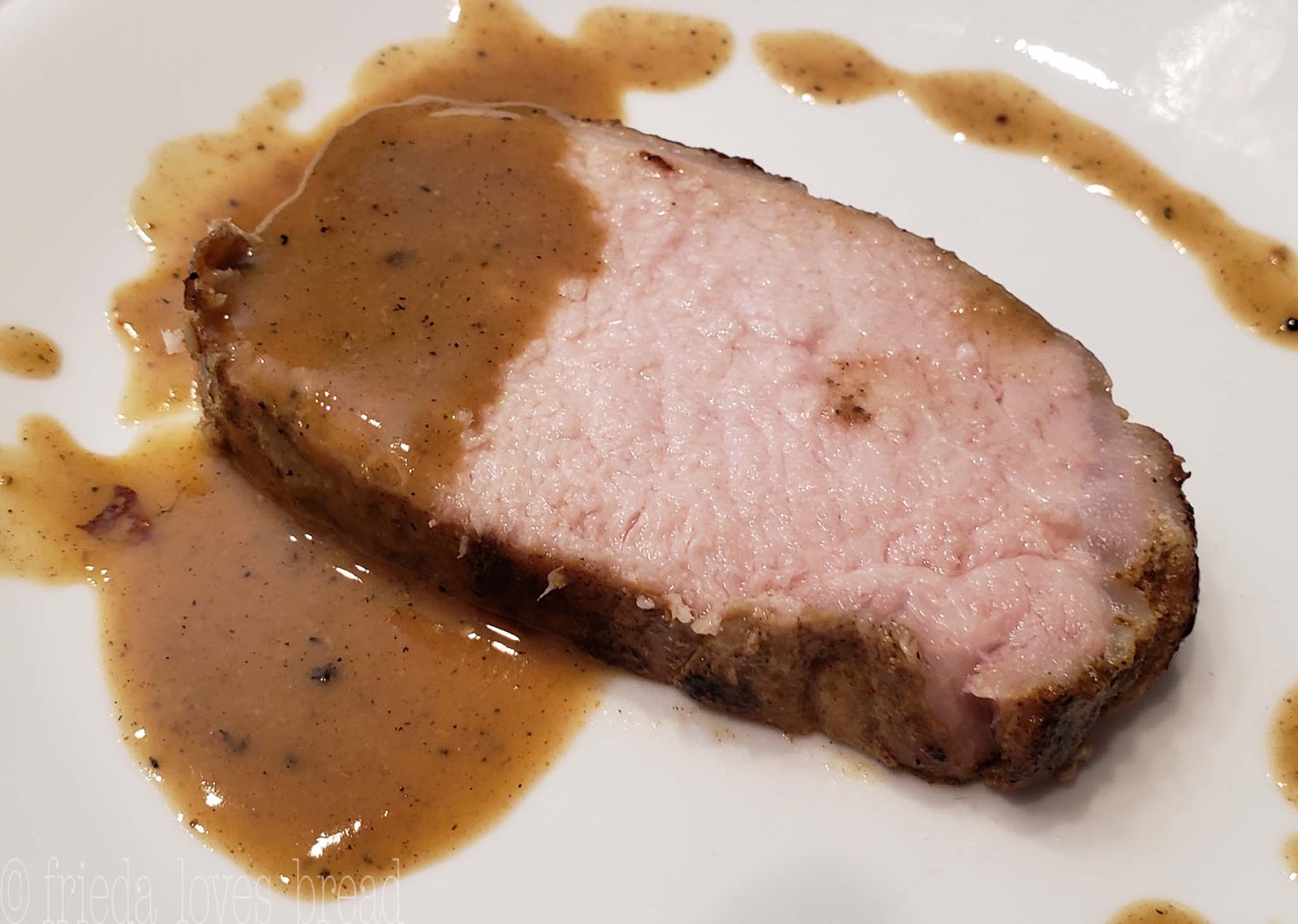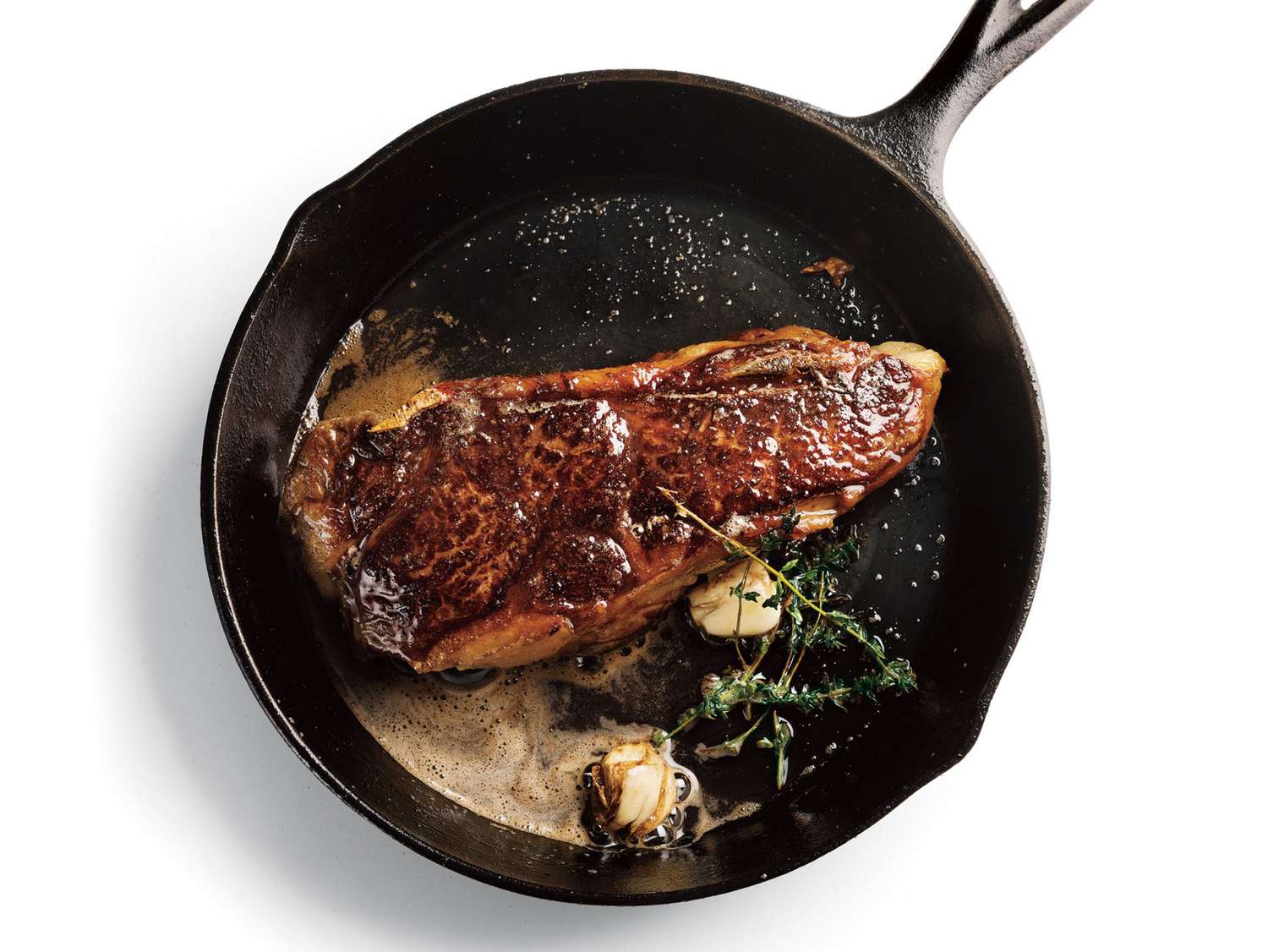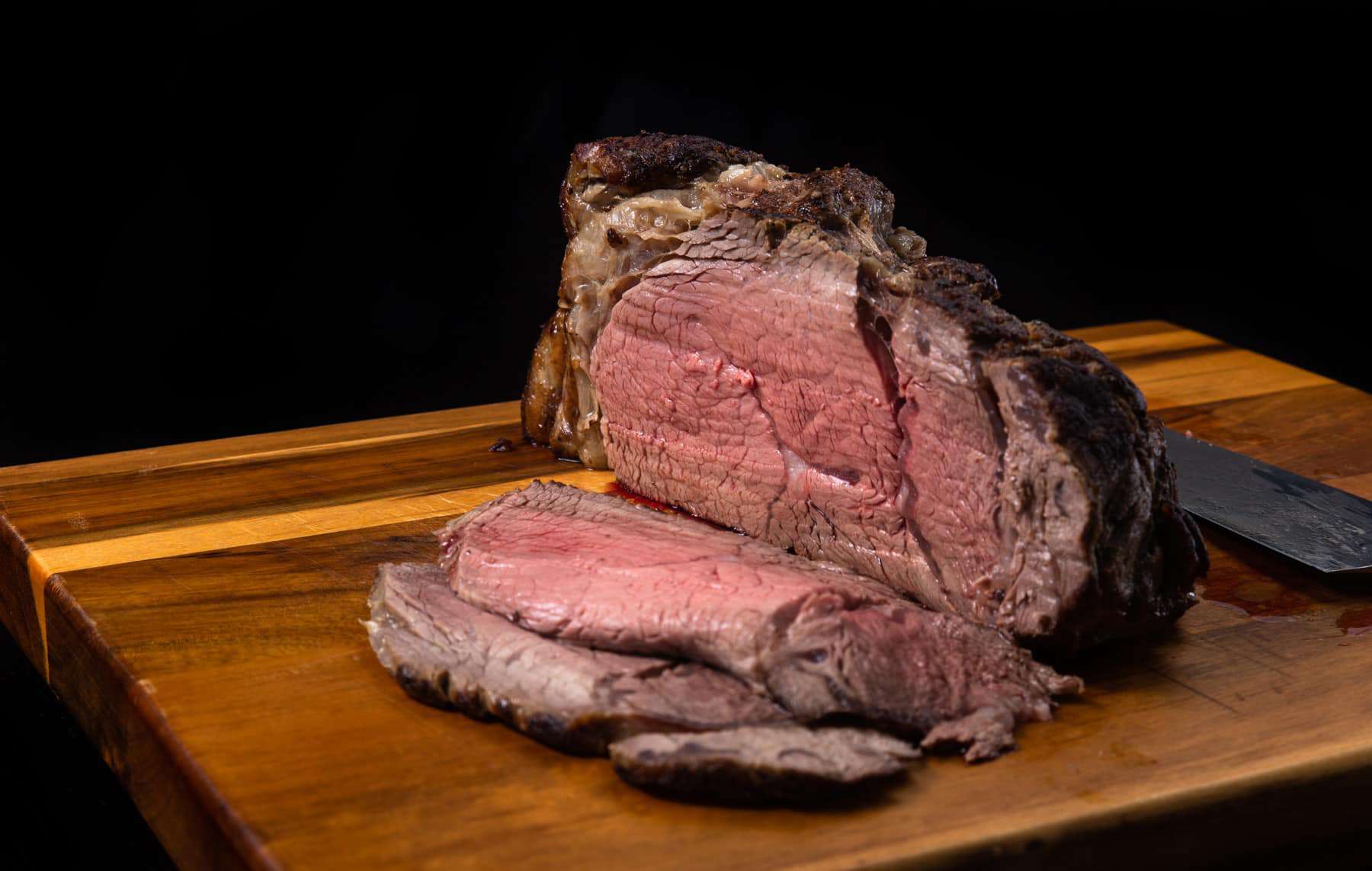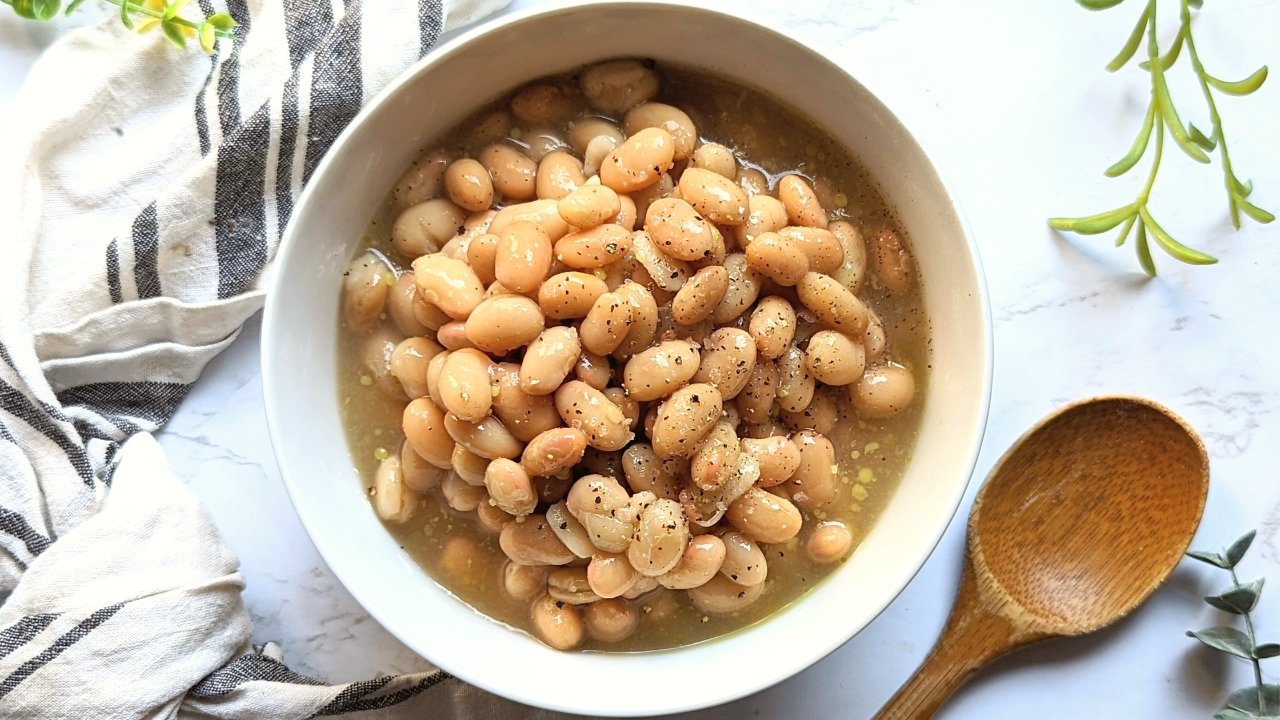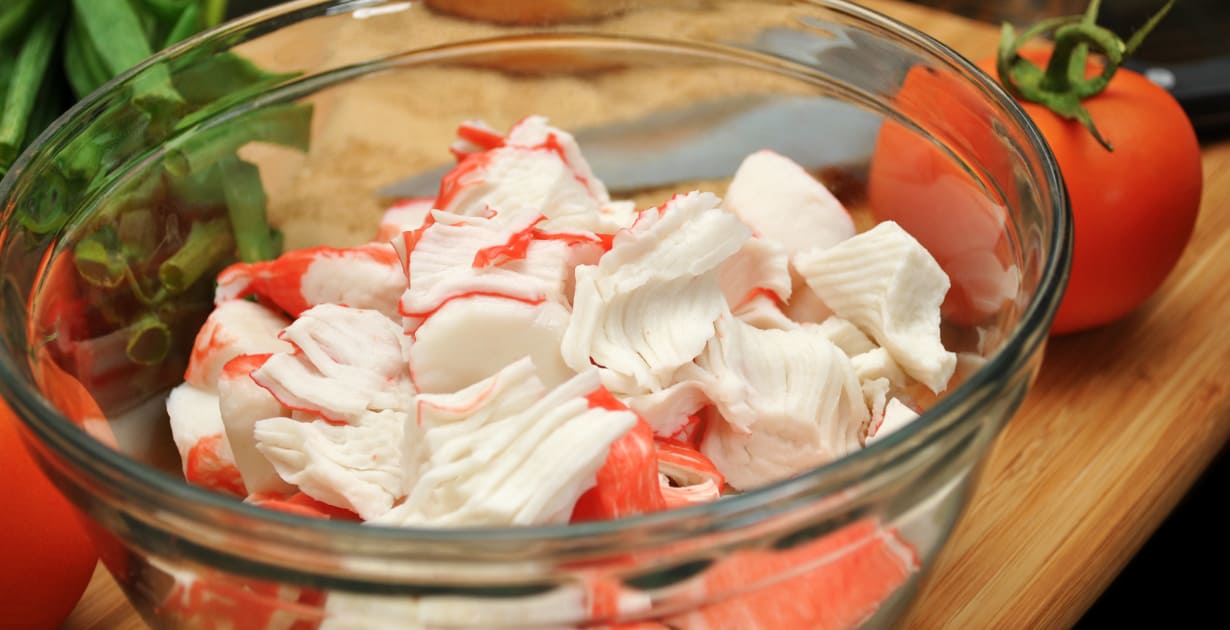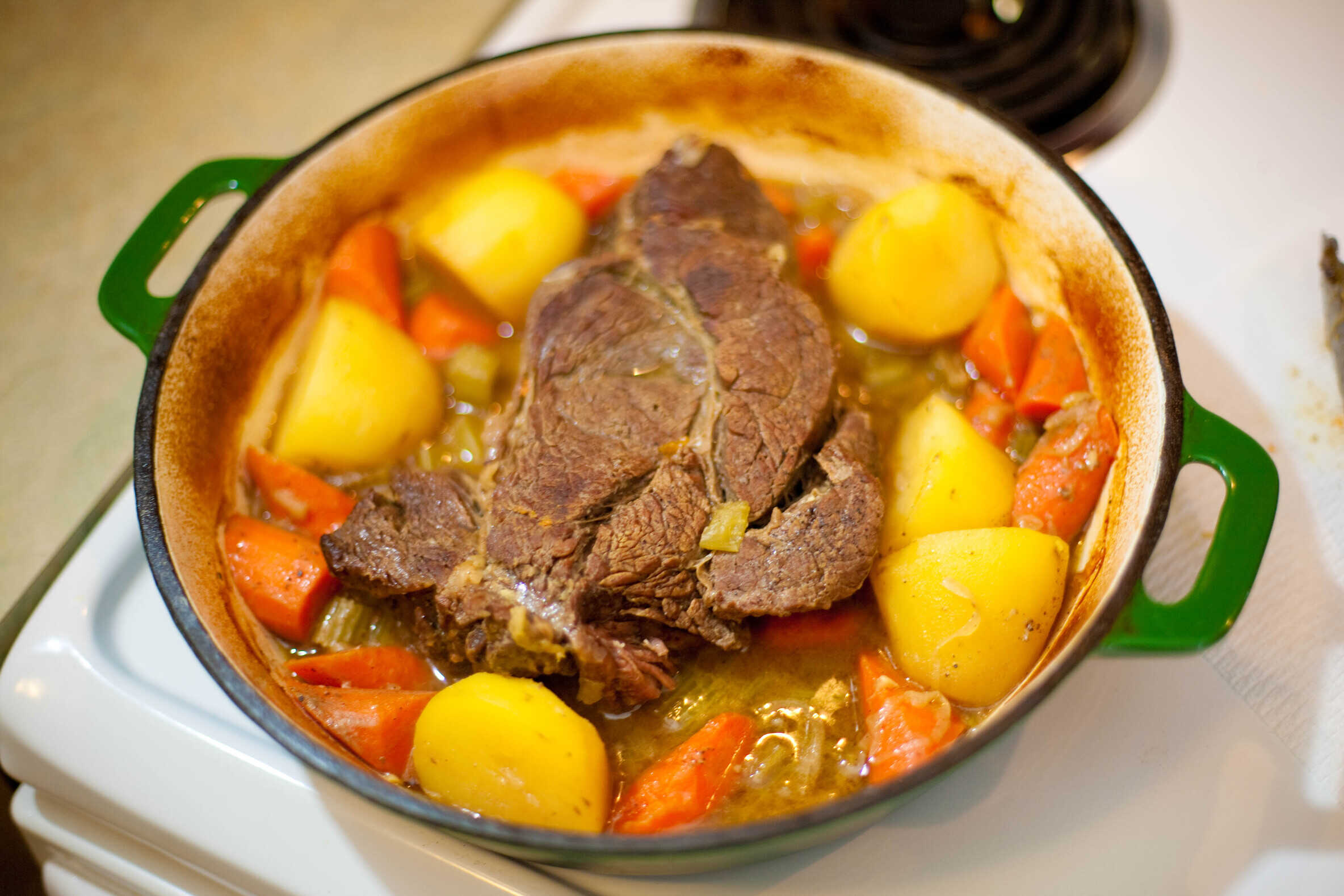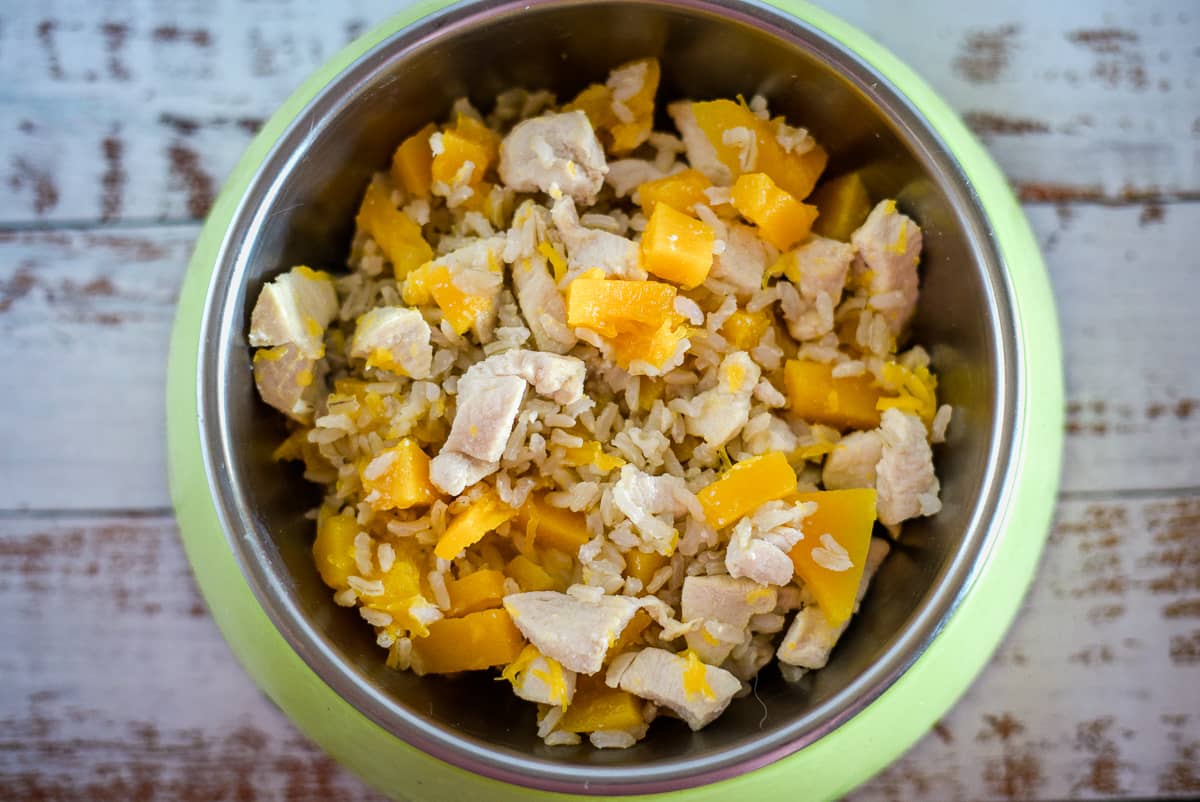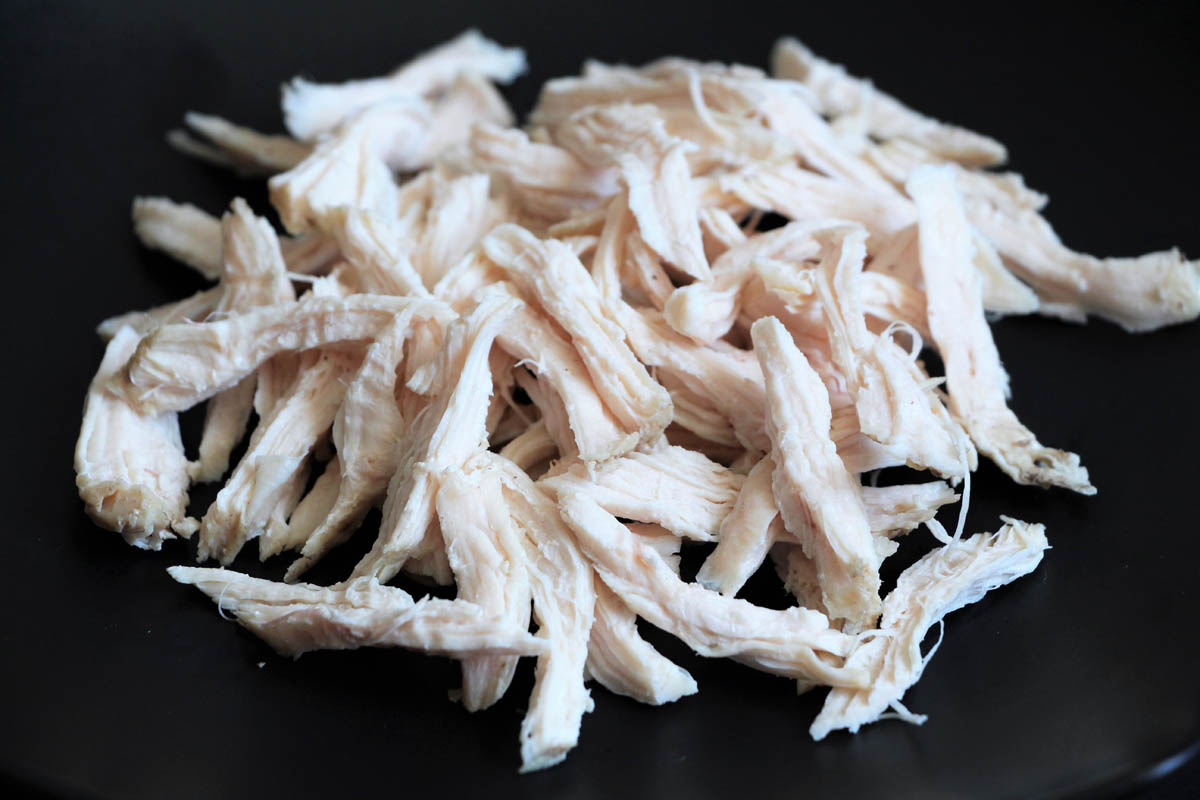How To Cook Mung Beans: A Simple and Nutritious Guide
If you’re looking to incorporate a nutritious and versatile ingredient into your cooking, mung beans are a fantastic choice. These small green legumes are packed with protein, fiber, and essential vitamins and minerals. Plus, they are incredibly easy to cook, making them a great addition to any diet. Whether you’re a seasoned cook or a beginner in the kitchen, this guide will walk you through the step-by-step process of cooking mung beans to perfection.
Gather Your Ingredients
Before you begin, gather the following ingredients:
- 1 cup of mung beans
- 4 cups of water
- Salt, to taste
- Optional: spices and herbs of your choice
Rinse and Soak
Start by rinsing the mung beans under cold water. This helps remove any dirt or debris. Once rinsed, transfer the beans to a bowl and cover them with water. Allow them to soak for at least 2 hours, or overnight if possible. Soaking the beans helps to reduce their cooking time and improves their digestibility.
Drain and Rinse Again
After soaking, drain the water and rinse the beans once more. This step ensures that any anti-nutrients are removed and helps promote better digestion.
Choose Your Cooking Method
There are a few different ways you can cook mung beans:
- Stovetop Method: In a large pot, add the soaked and rinsed mung beans and 4 cups of water. Bring the water to a boil, then reduce the heat and simmer for approximately 30-40 minutes or until the beans are tender. Remember to stir occasionally and add more water if necessary.
- Pressure Cooker Method: If you have a pressure cooker, this is a quick and efficient way to cook mung beans. Simply add the beans, water, and a pinch of salt to the cooker. Cook on high pressure for about 10-15 minutes. Once done, release the pressure and drain any excess liquid.
- Slow Cooker Method: For a hands-off approach, you can use a slow cooker. Combine the mung beans, water, and seasonings in the slow cooker. Cook on low for 6-8 hours or on high for 3-4 hours. Adjust the cooking time based on your desired level of tenderness.
Season and Serve
Once the mung beans are cooked to your desired level of tenderness, carefully drain any remaining liquid. At this point, you can season the beans with salt and any other spices or herbs of your choice. Mung beans pair well with flavors like cumin, turmeric, garlic, and lemon juice.
Now that your mung beans are ready, you can enjoy them in a variety of dishes. They make a delicious addition to soups, stews, salads, or even as a nutritious side dish. Get creative and explore different recipes to fully experience the versatility of mung beans.
Cooking mung beans is a simple and rewarding process. With their nutritional value and delicious taste, they are a wonderful addition to any meal. So, grab a bag of mung beans and get cooking! Your taste buds and your body will thank you.
Was this page helpful?
Read Next: How To Cook Dried Fava Beans
